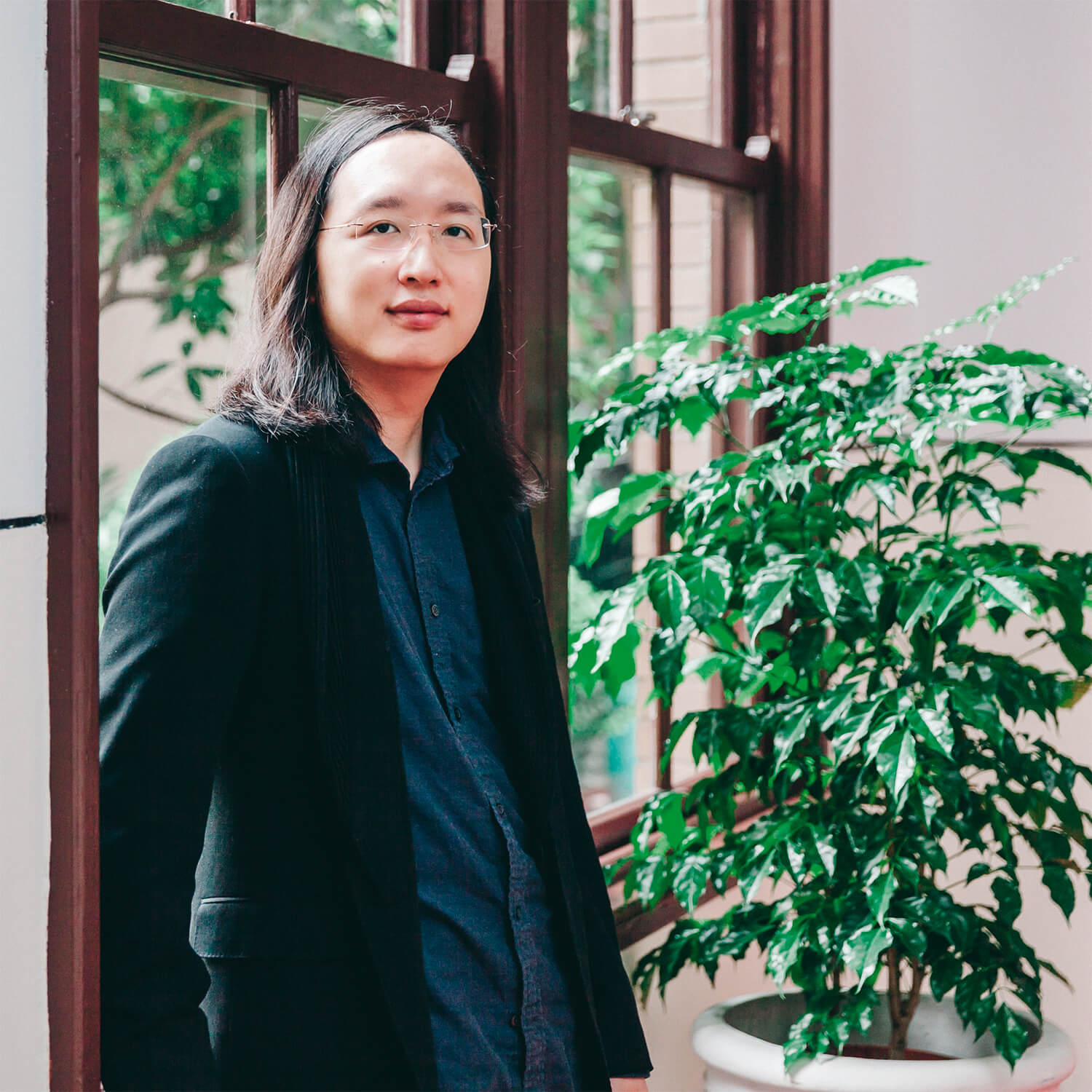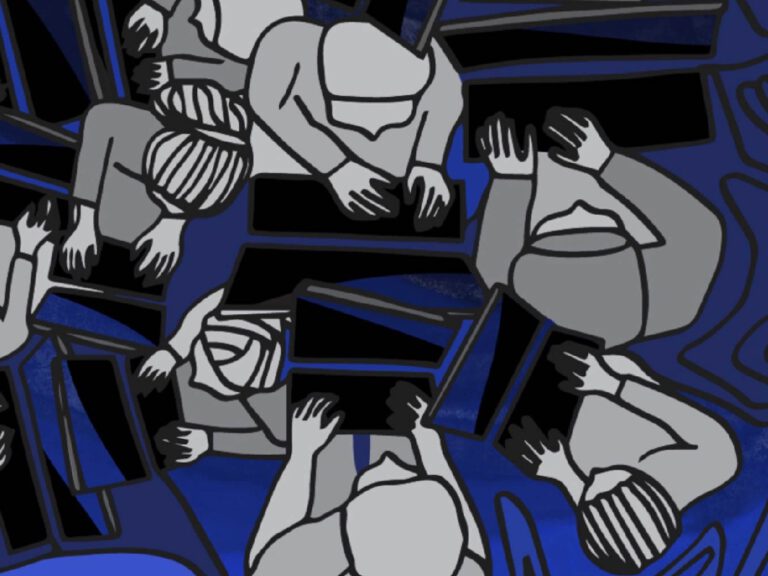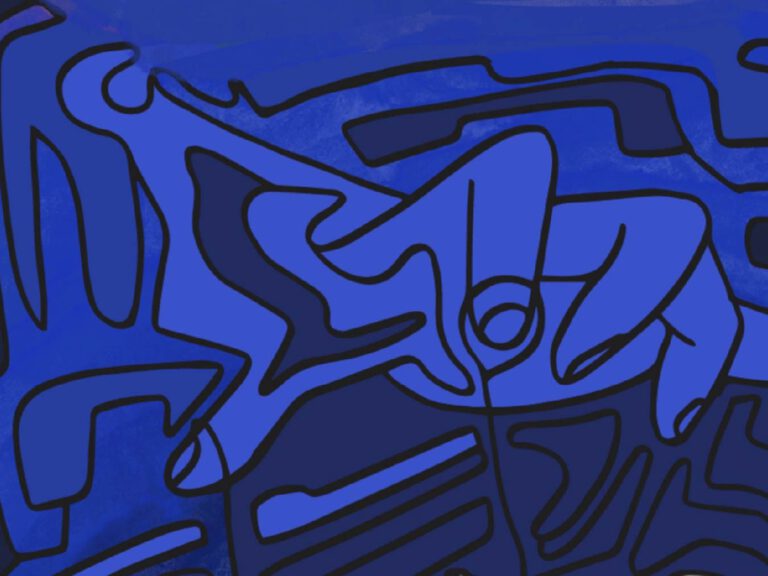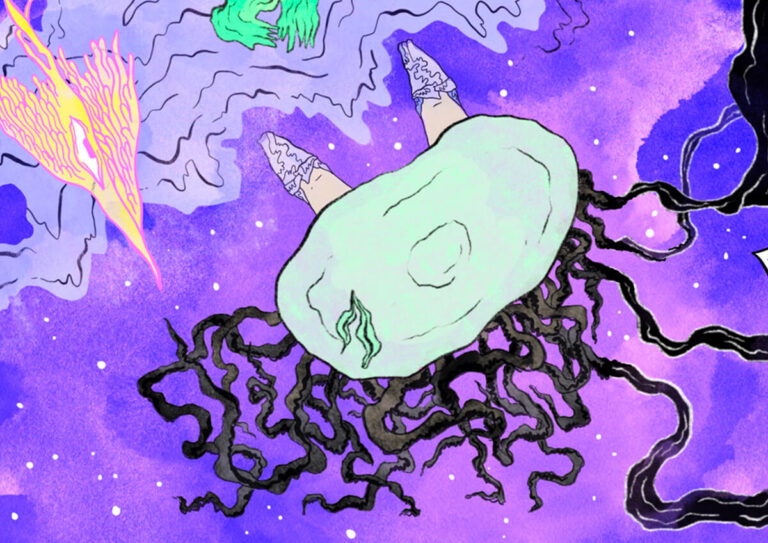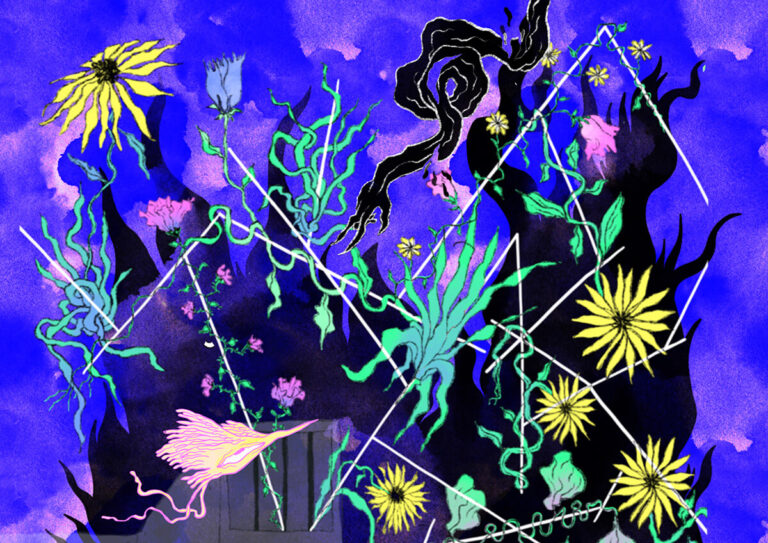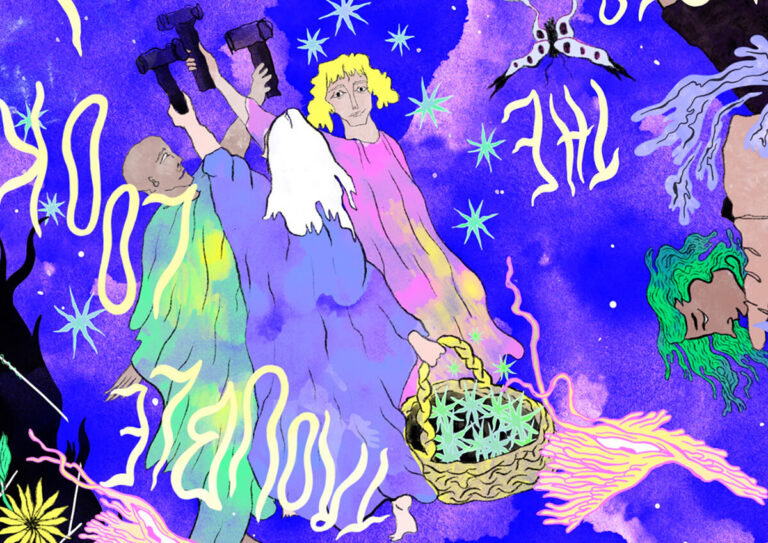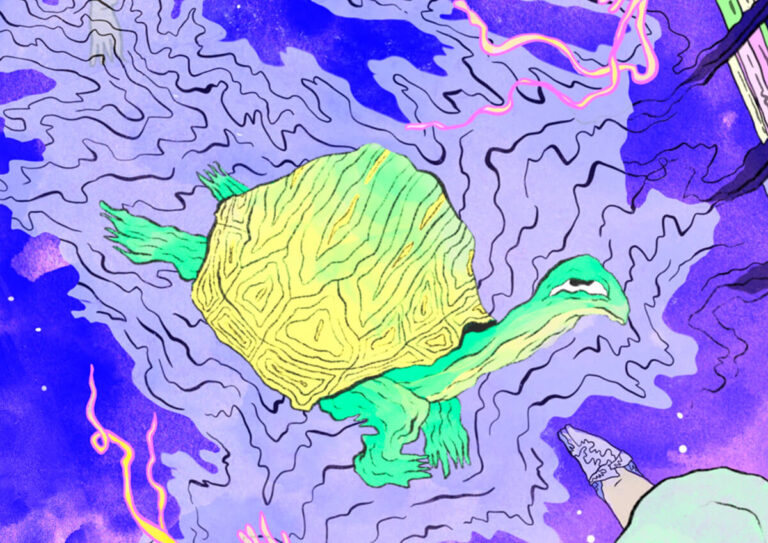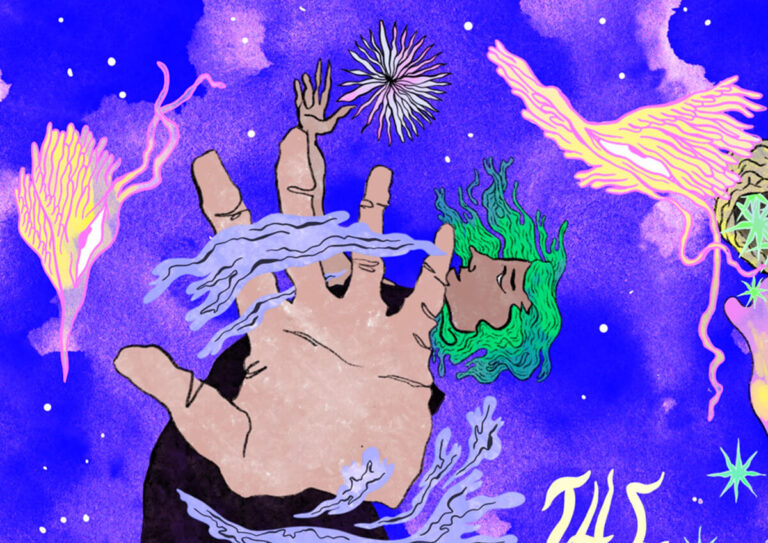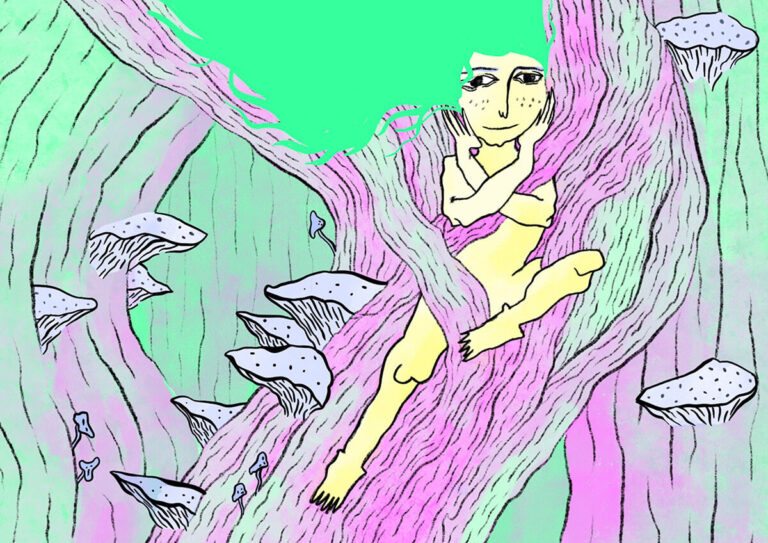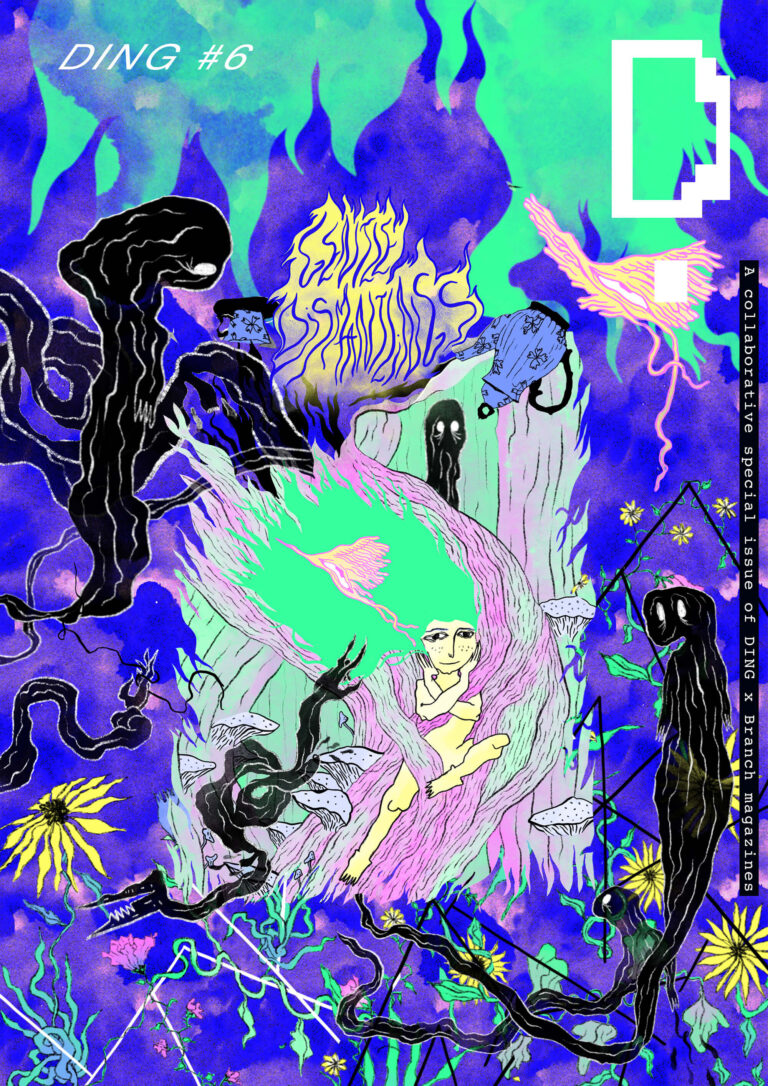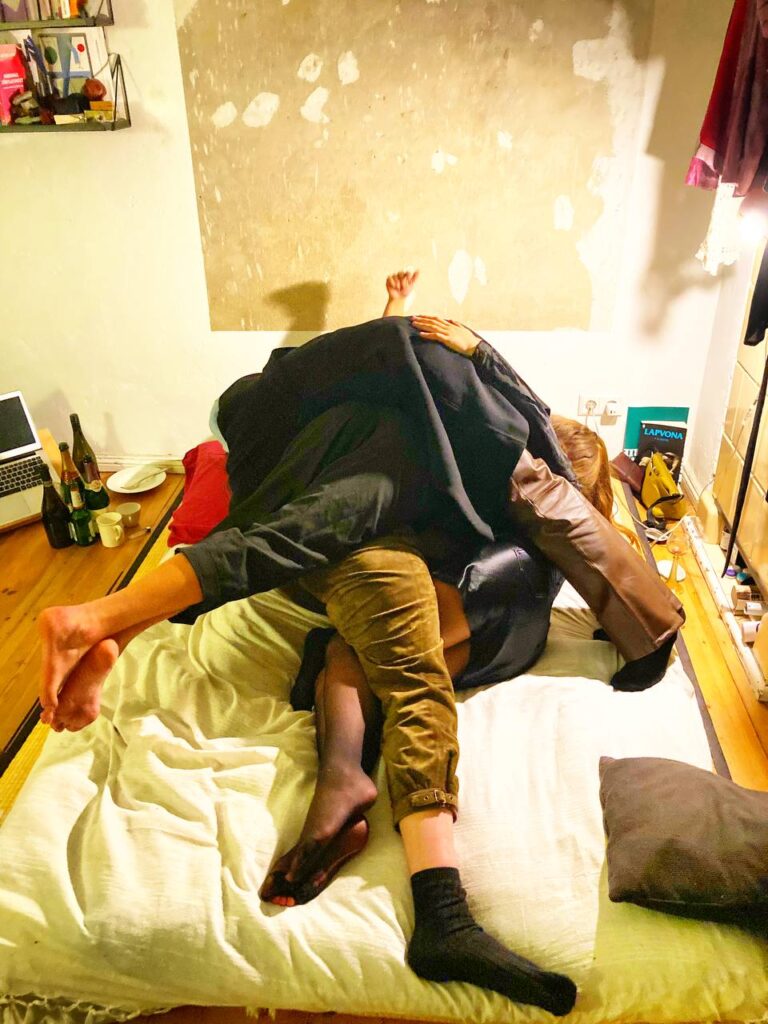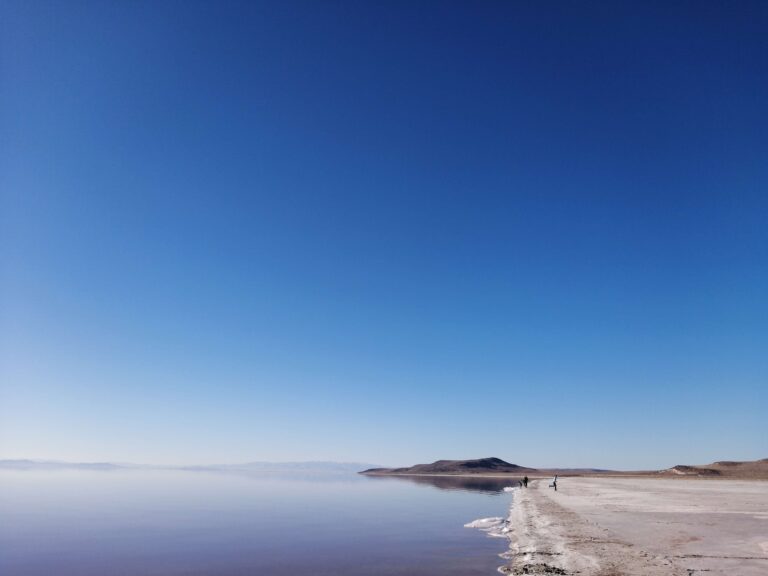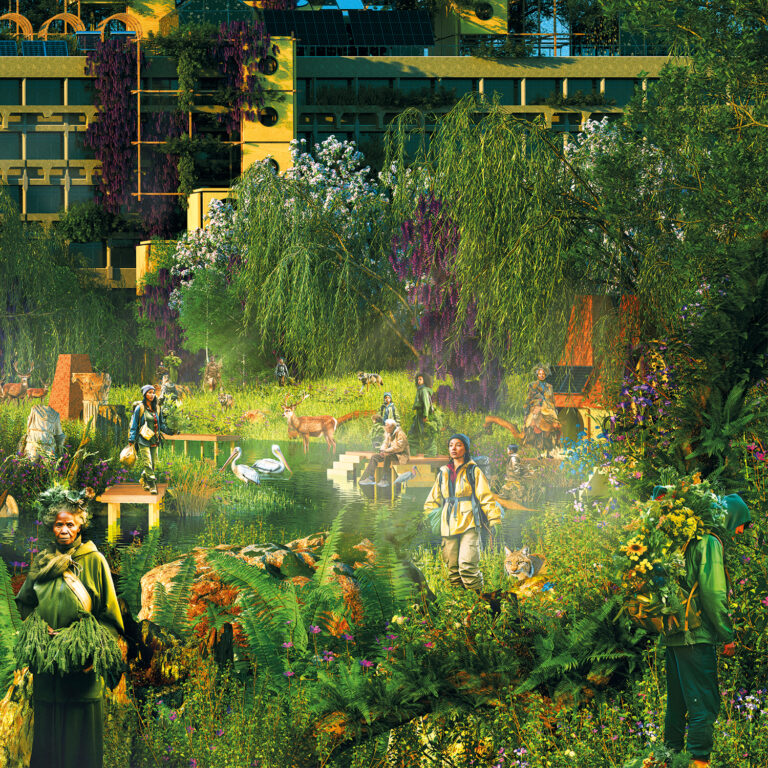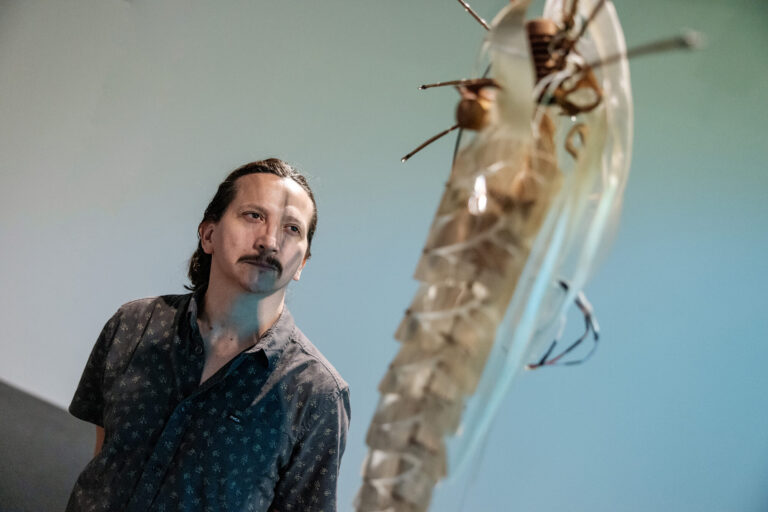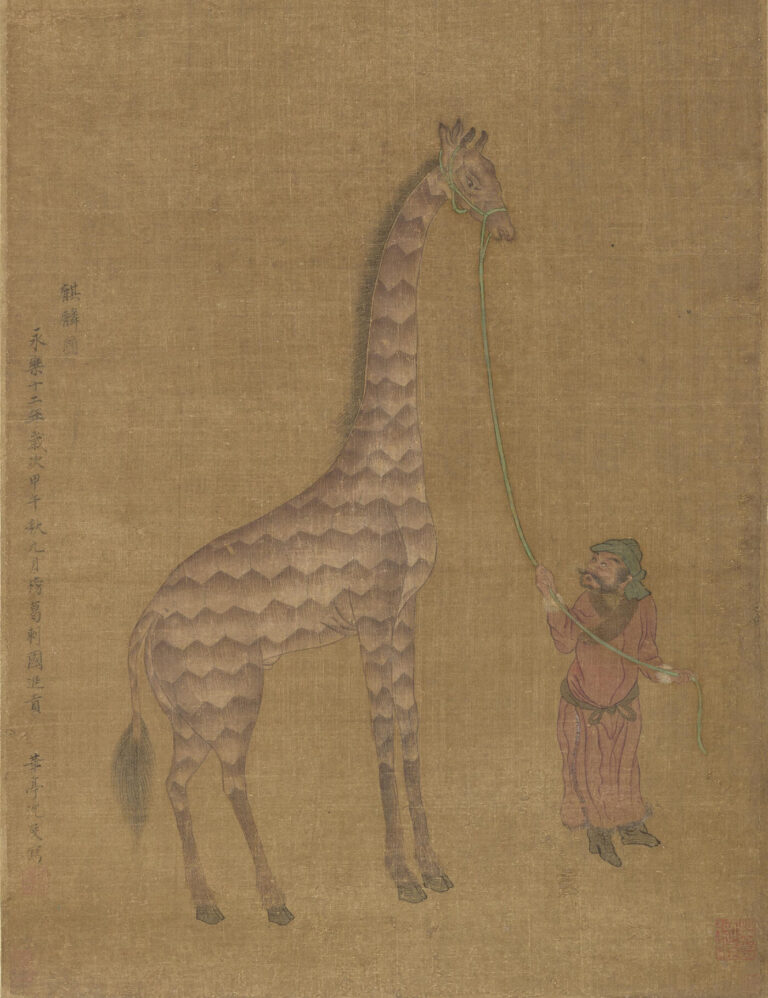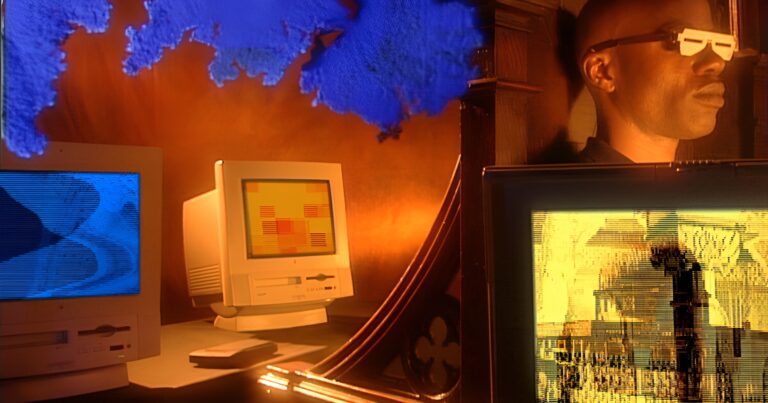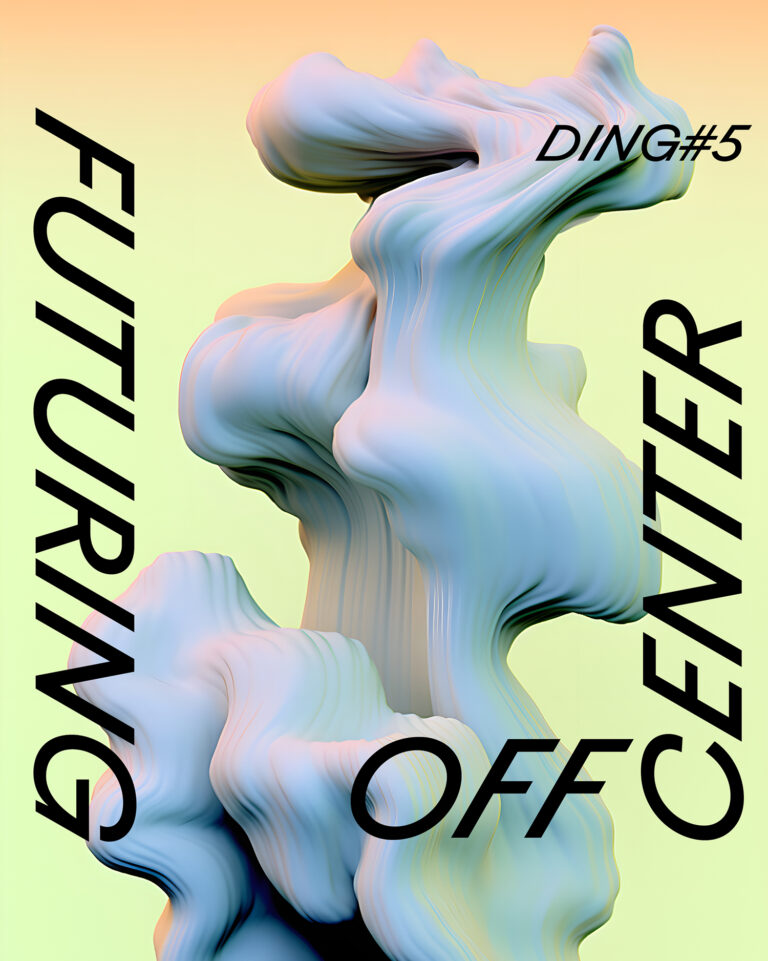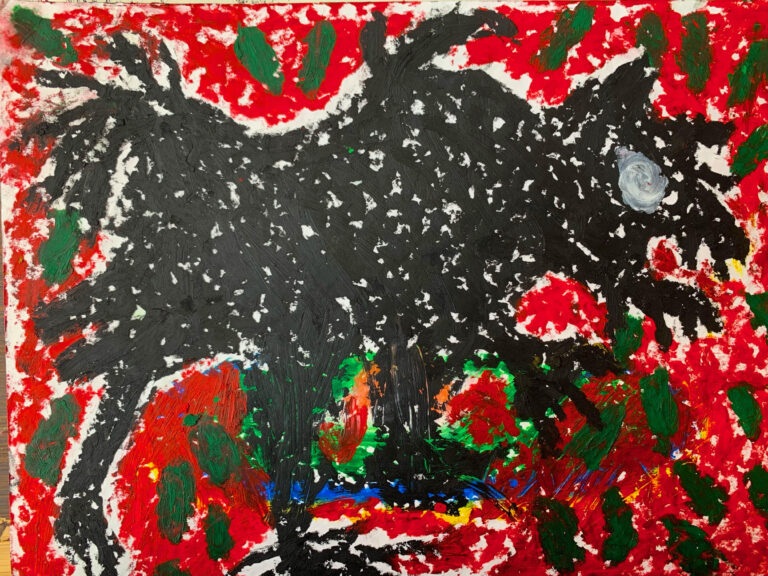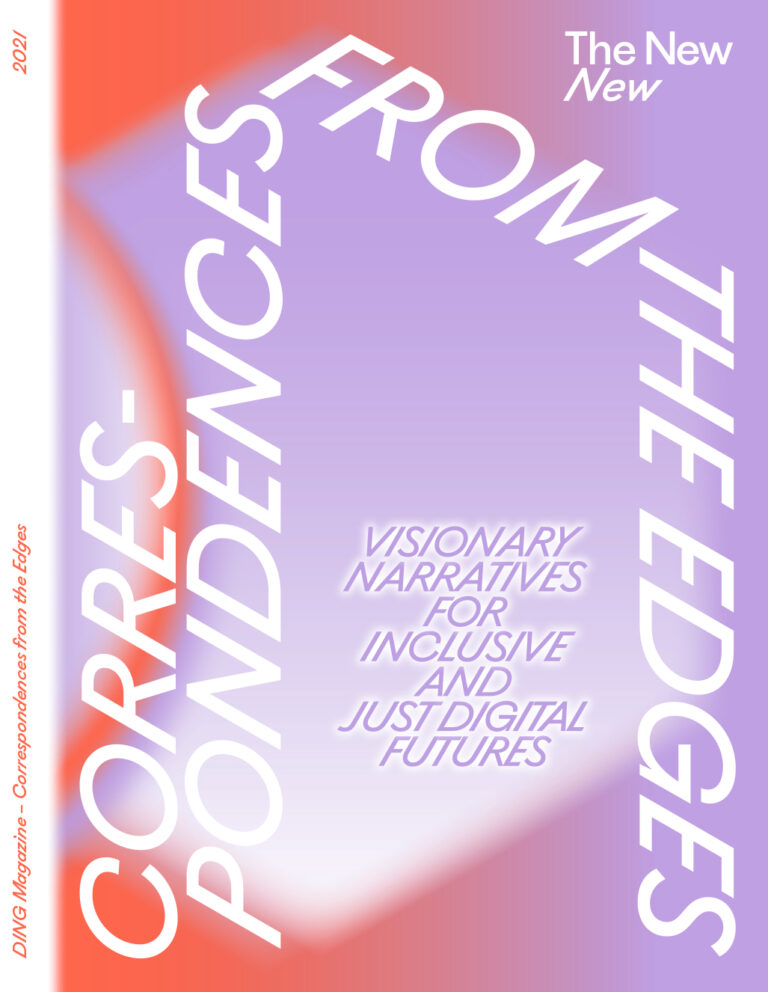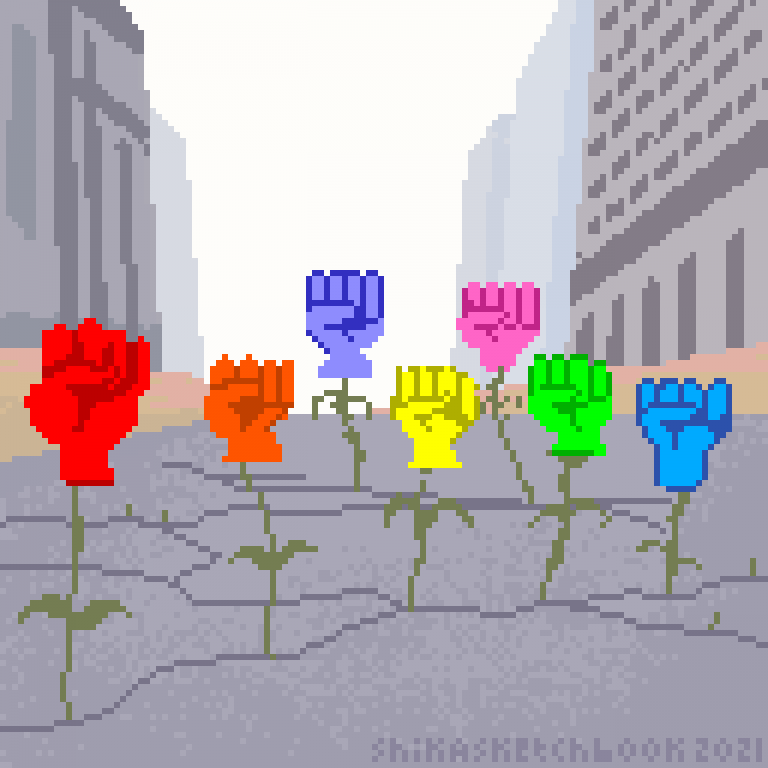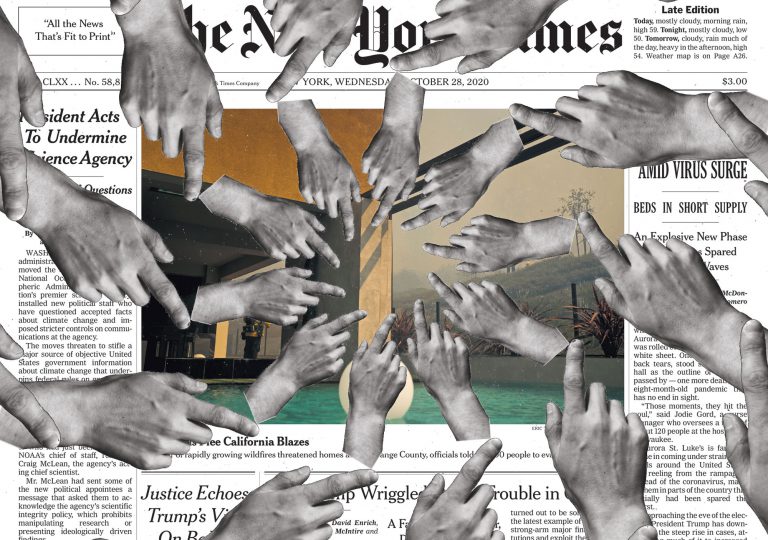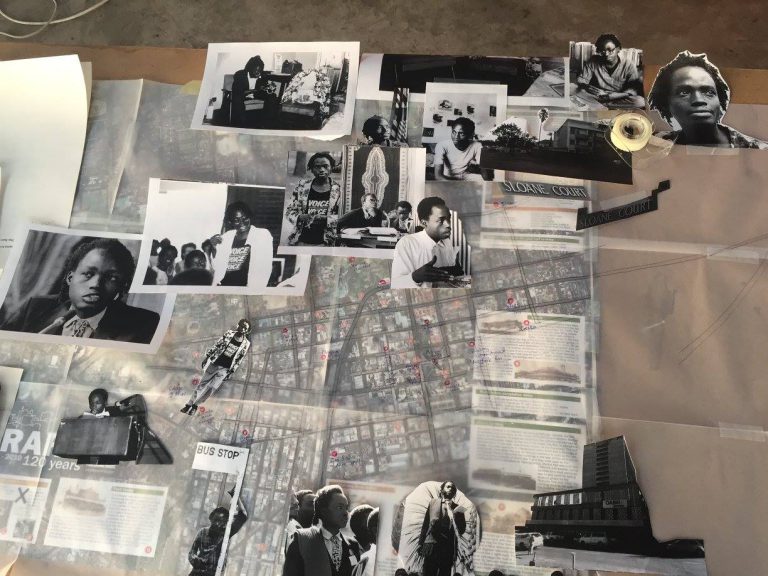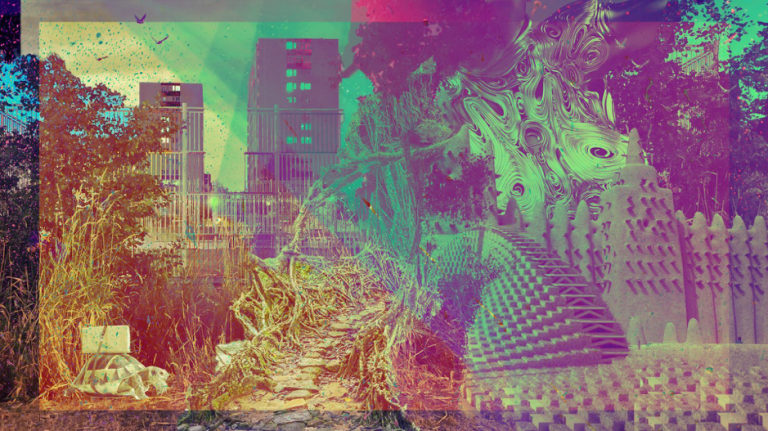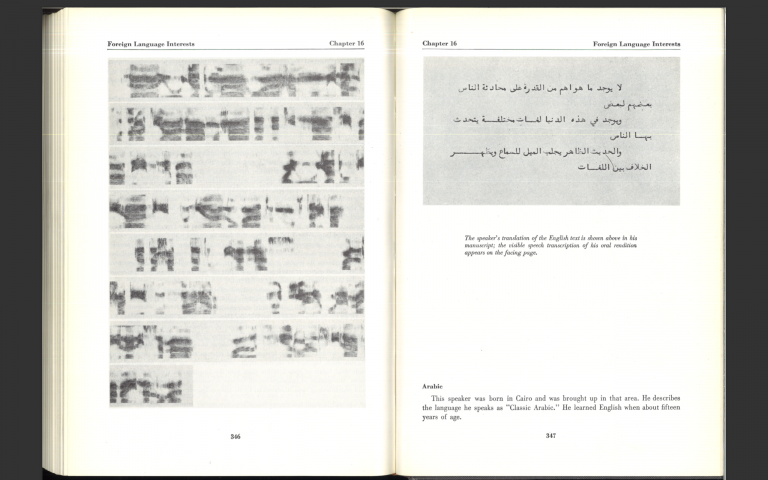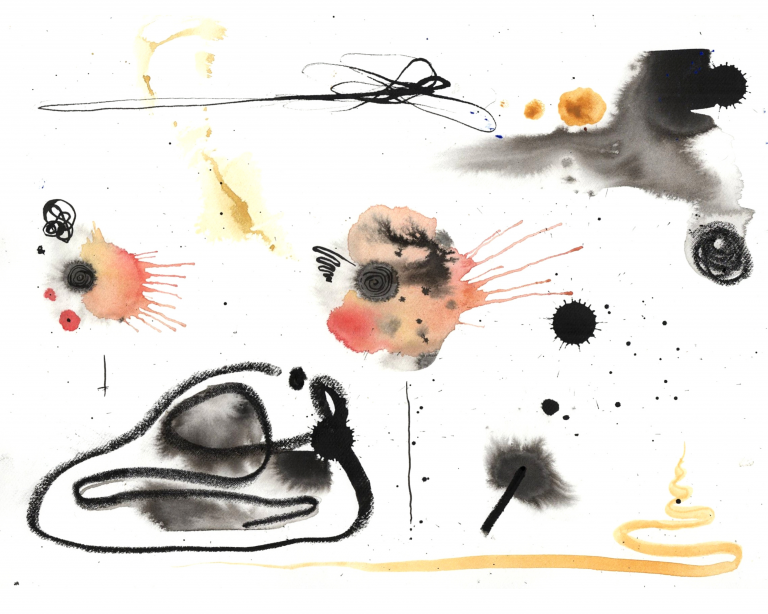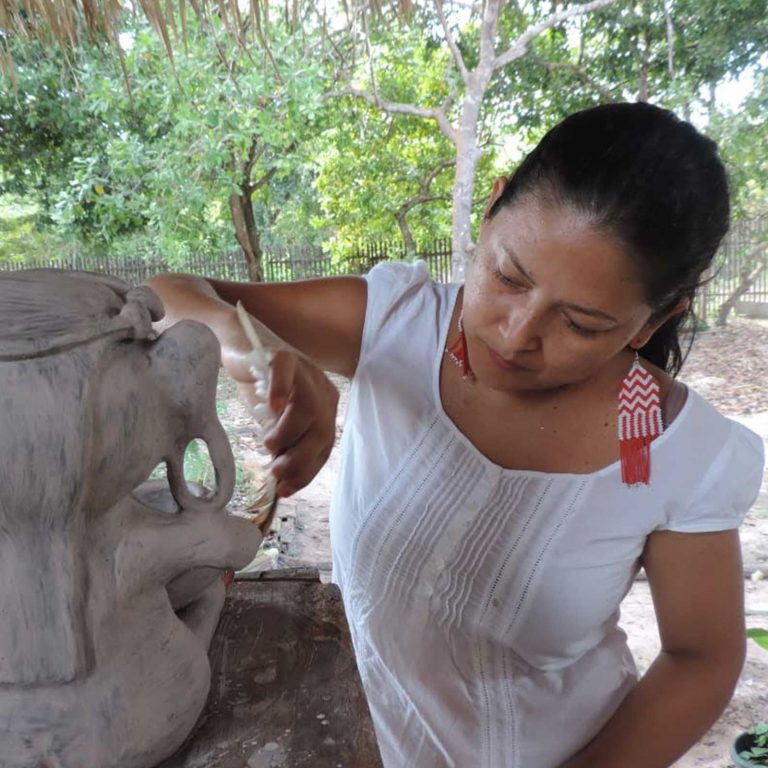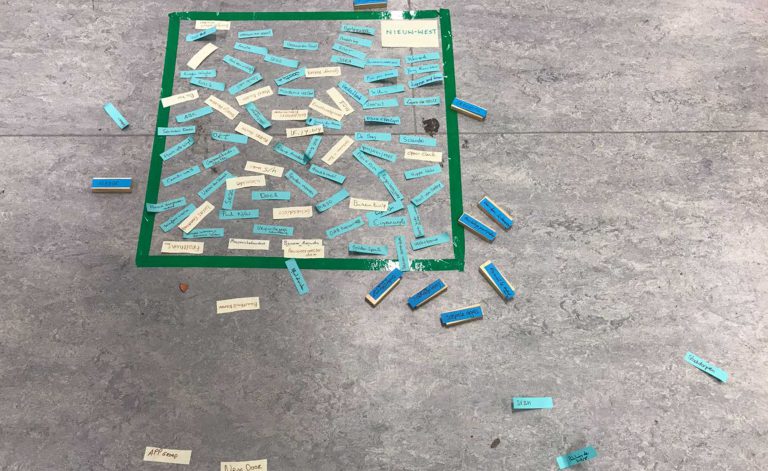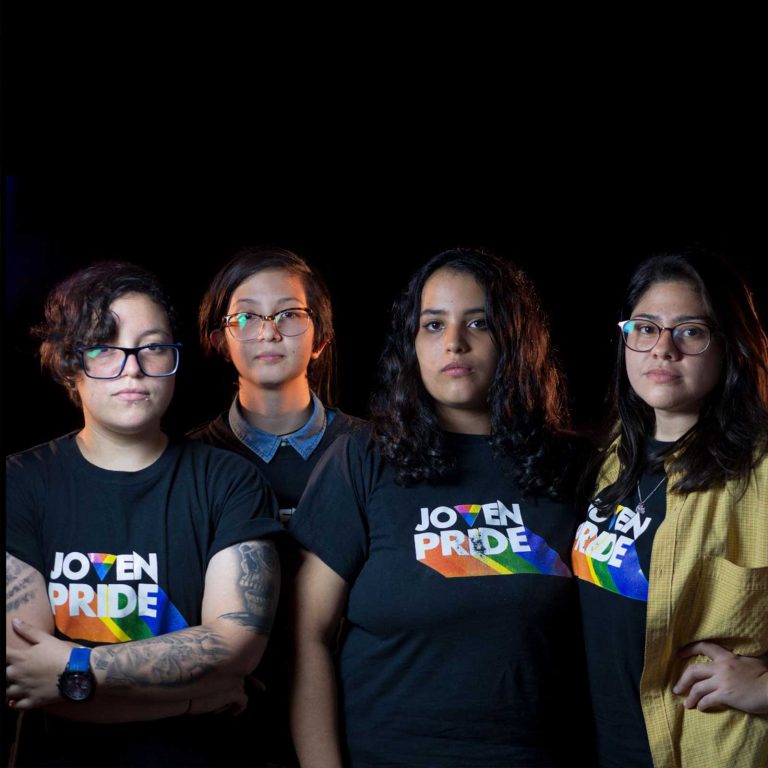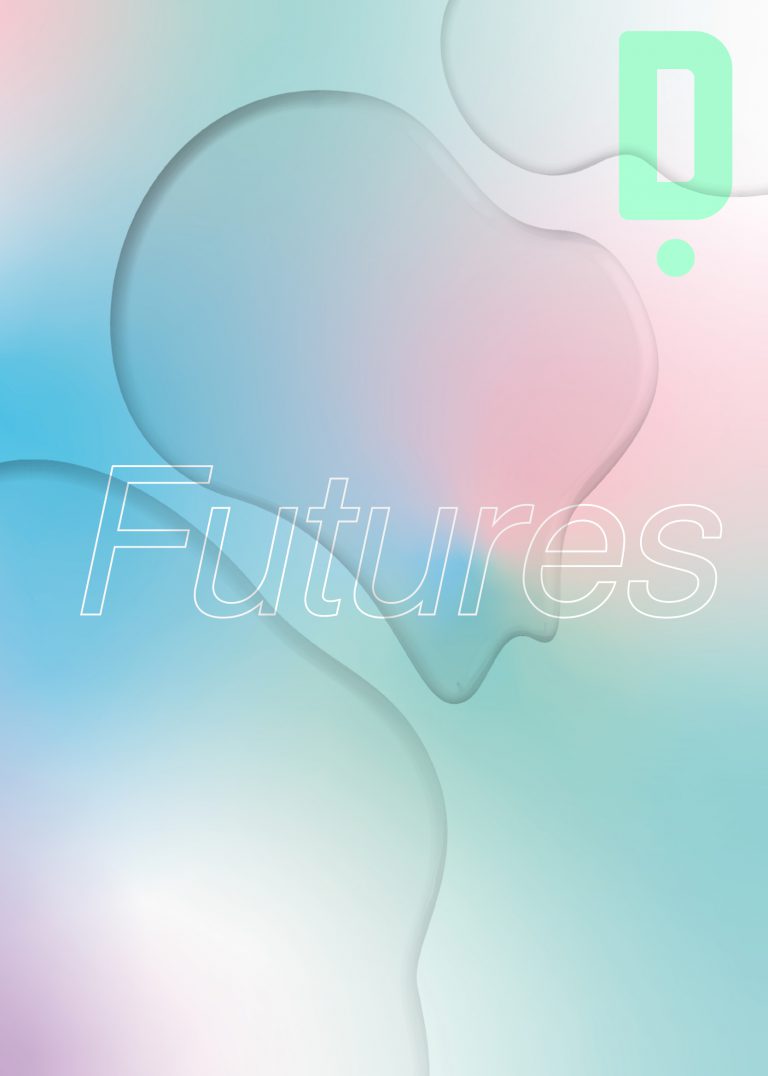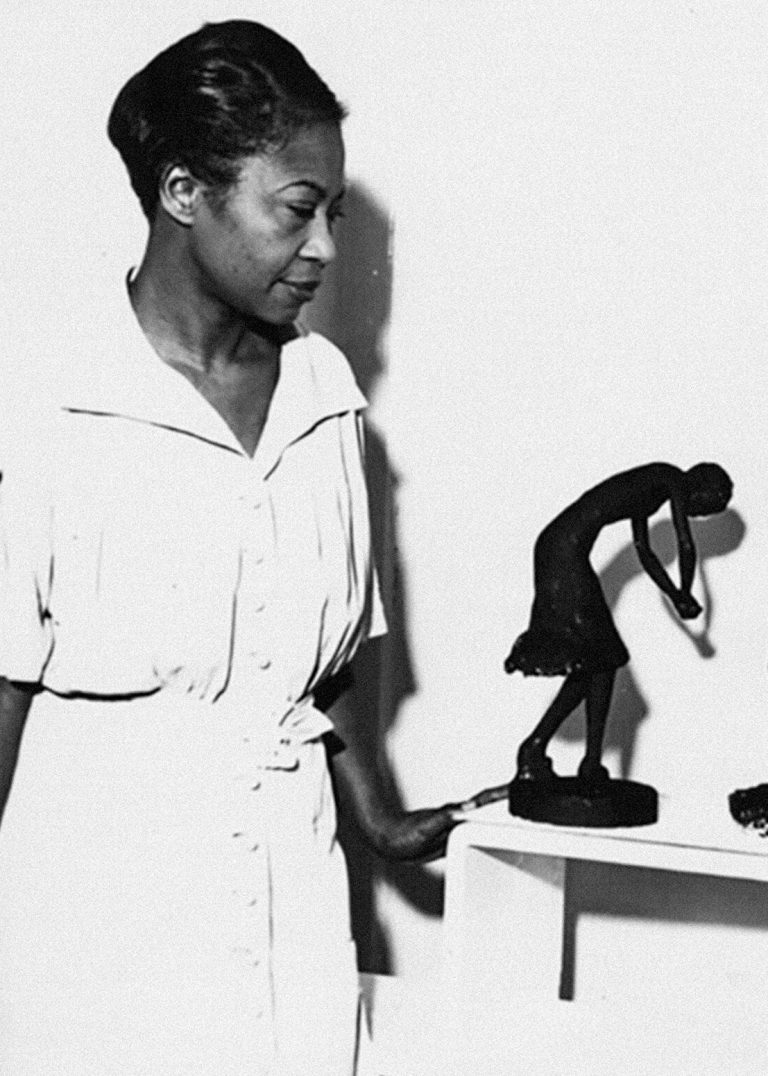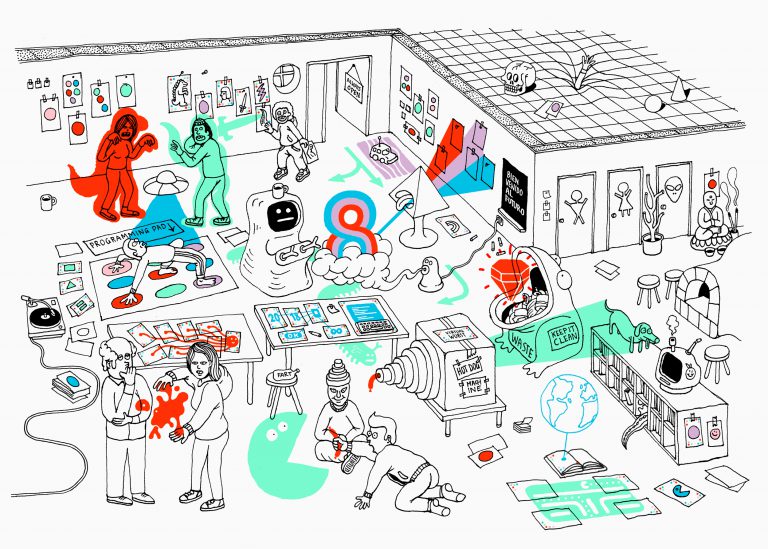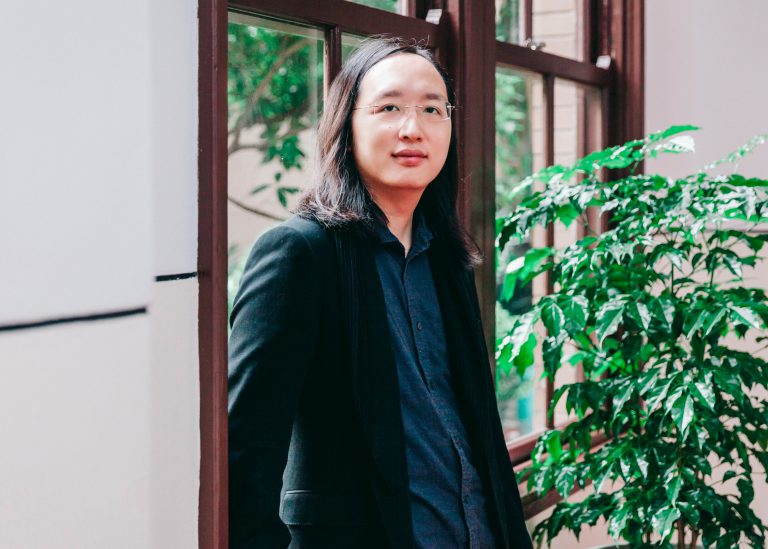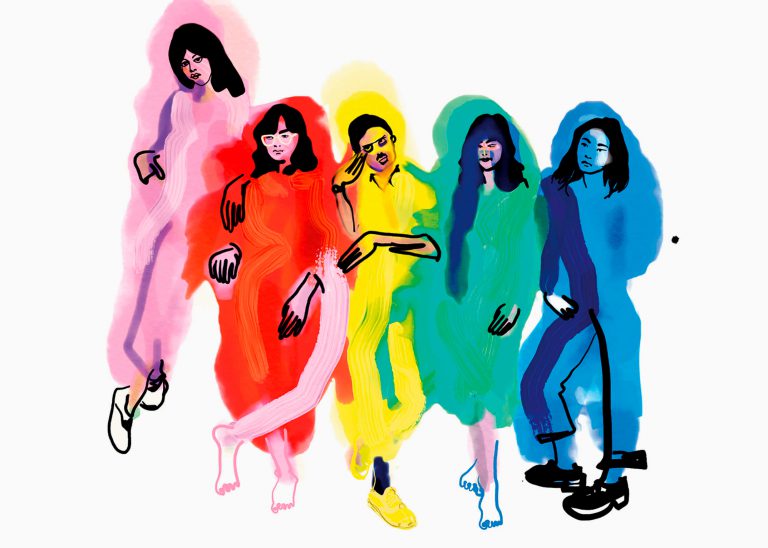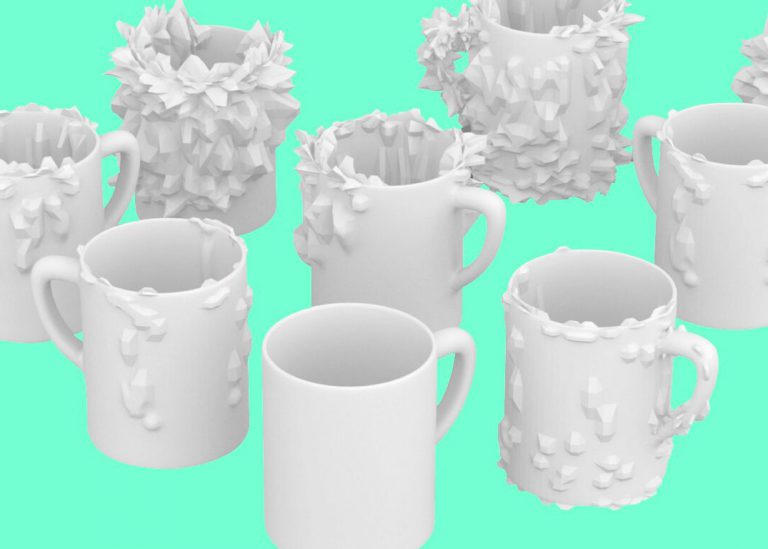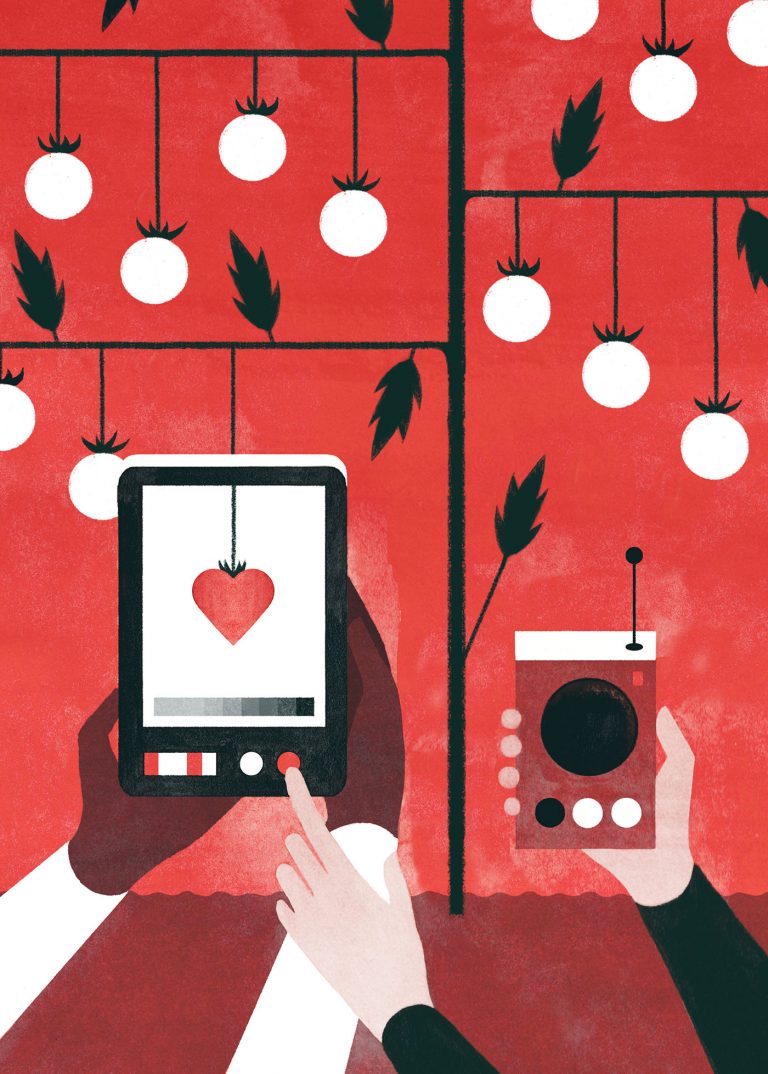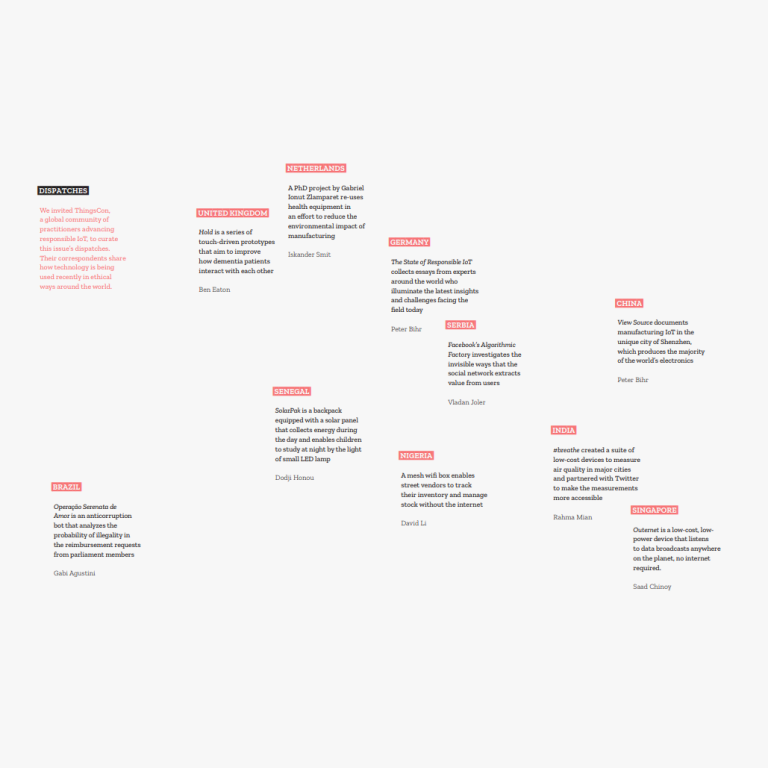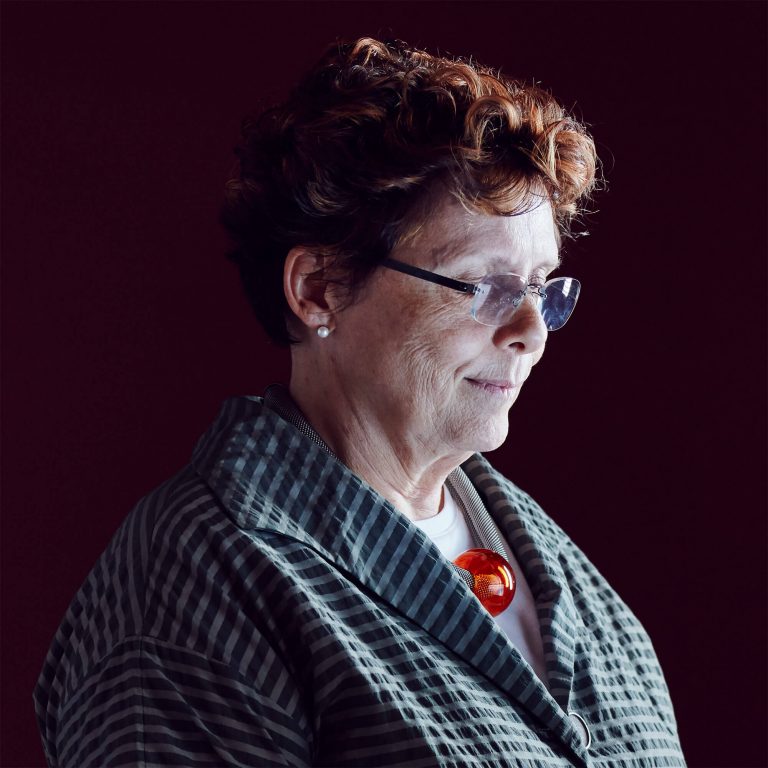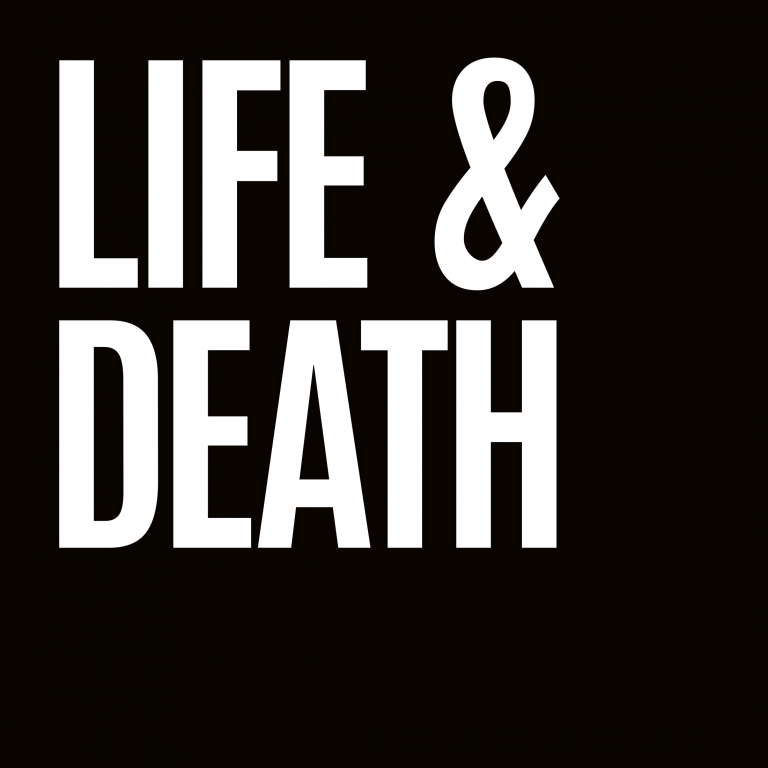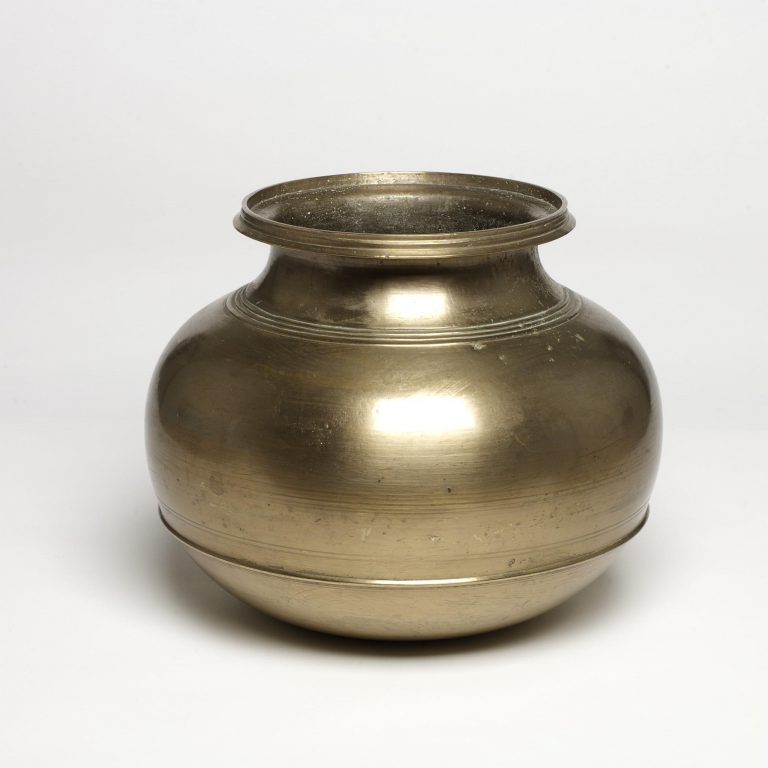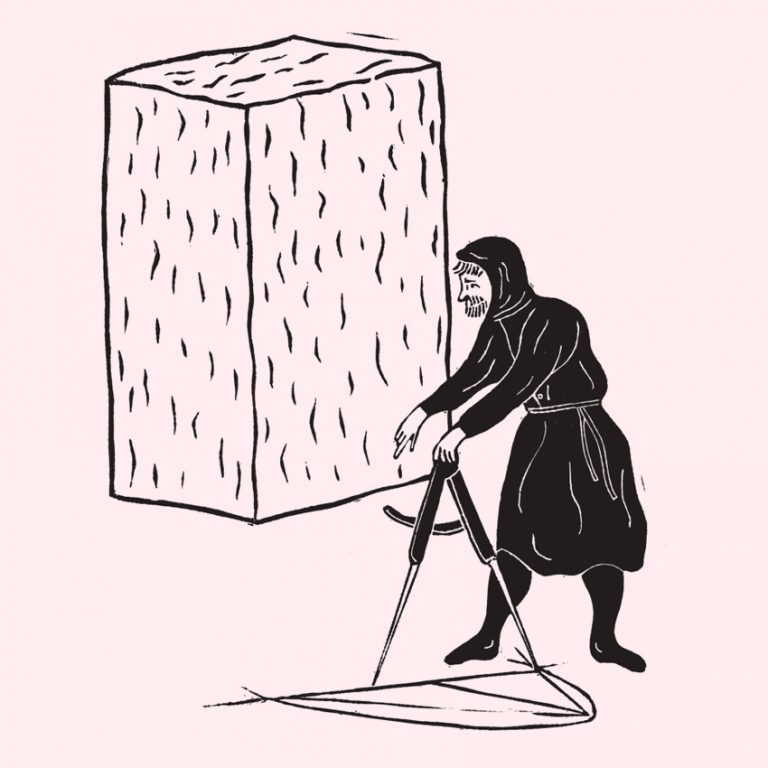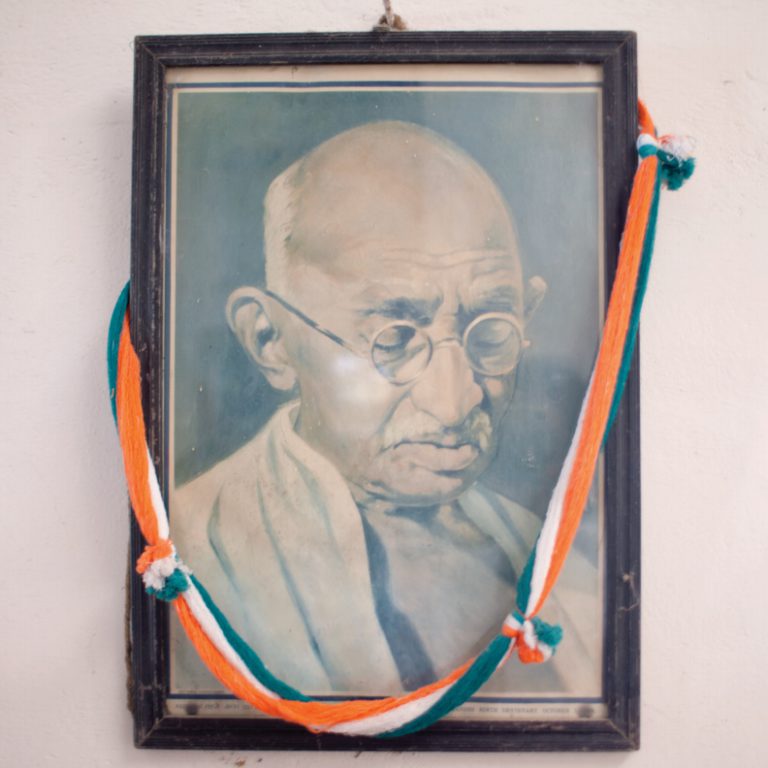When we see an internet of things
let’s make it an internet of beings
When we see virtual reality
let’s make it a shared reality
When we see machine learning
let’s make it collaborative learning
When we see user experience
let’s make it about human experience
And whenever we hear that a singularity
is near let’s always remember, that plurality is here.
Julia Kloiber: I love this poem, it is such a great summary of your values. What is it inspired by?
JK: We are exploring different futures in this magazine. What is your most radical vision for the future of democracy and society?
As the minister in charge of social innovation, I want to make sure everybody knows about the importance of sustainability across all the sectors. We can list what every organisation in our society is doing in terms of the Sustainable Development Goals index. That way people can discover each other, work towards common goals and form spontaneous partnerships. Partnership is how we’re going to reach those goals.
JK: A plurality-based ecological democracy sounds great! Can you tell us a little about how you’re working towards this future. Are there any specific challenges to overcome?
People younger than me can’t remember the martial law—they think of things naturally in the collaborative way of open access. But people who are my age or older, who are digital and democracy migrants, have to reshape our thinking. We have to reconcile a highly hierarchical authoritarian culture and language with of a reality that is a horizontal, people-powered democracy. We have to move beyond the authoritarian way. This is the reason why social innovation is innovation with people, not for people.
JK: Democracy in Taiwan is young, yet very vibrant. The challenge with hierarchical structures sounds very familiar—we can see that in governments around the world. How are you breaking the silos and paving the way for an innovation with the people?
- 1. Location independence — I can choose when and where to work;
- 2. Voluntary association — I don’t give or take orders;
- 3. Radical transparency — I don’t touch state secrets and I publish full transcripts or videos of meetings on the internet.
My office, which is part of the location independence plan, is a social innovation lab. We placed twelve different ministries into this shared workplace. It creates a social infrastructure that breaks silos, and that’s where new thoughts and ideas emerge. It’s a co-created social infrastructure with a cafe, a kitchen and a chef that opens until late every night. I sit there and listen to people every Wednesday for twelve hours. This infrastructure and social fabric makes innovation not just possible but also fun. Optimize for fun!
That sounds like a very welcoming environment 🙂 You’ve been working on many progressive deliberation and participation projects. What tools or methodologies are you using for the co-creation processes in your work with the social innovation lab? Is there anything you are particularly excited about?
JK I know that you are an optimist – that is something that resonates in all of your answers. But is there anything you are worried about when you think of the future of democracy?

AT: I would worry if people stopped visiting me during my office hours in social innovation lab. I would worry if I toured around Taiwan every week and the social innovators refused to talk to one another. I would worry if people distrusted the internet so much so that they would not be willing to participate in any communication, even if it had end-to-end encryption.
In short, I would worry if plurality disintegrated into small filter bubbles. I think that this is our main threat now. It is not a single person; it is not an ideology. It is just the lack of care—and the lack of being deeply listened to—that threatens plurality and the current democracy.
JK: You’ve been working with indigenous language communities, you advocate for animal rights, you went through two different puberties – you say an overarching theme of your personal journey is intersectionality. What do you think needs to happen to get more diverse groups involved in decision making processes? How can society benefit from intersectionality?
JK: Beautifully said! Here’s my last question: When you think of the long term future, what topics do you perceive as important related to society? If you were free to choose, what would you be spending your time working on?
